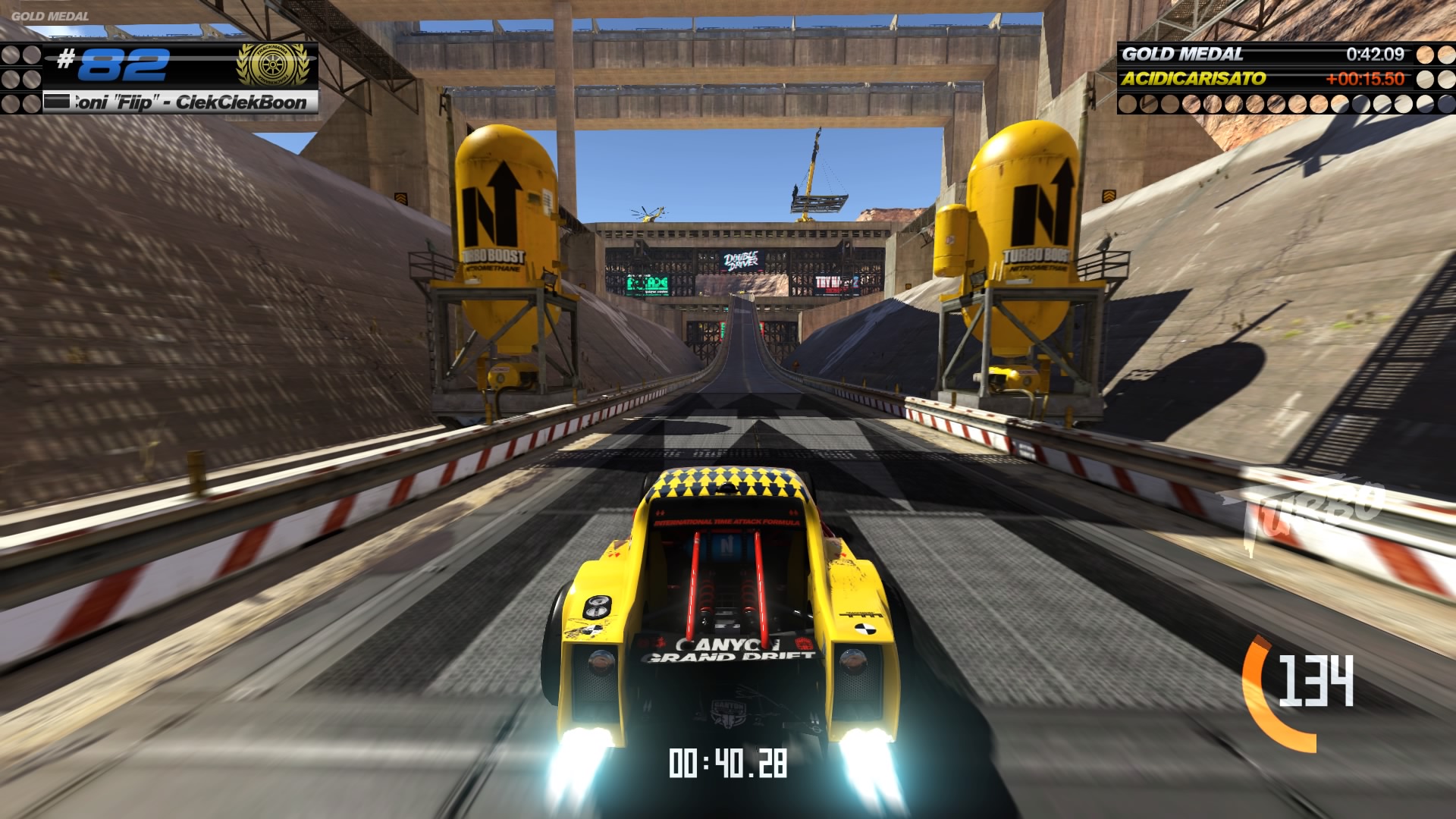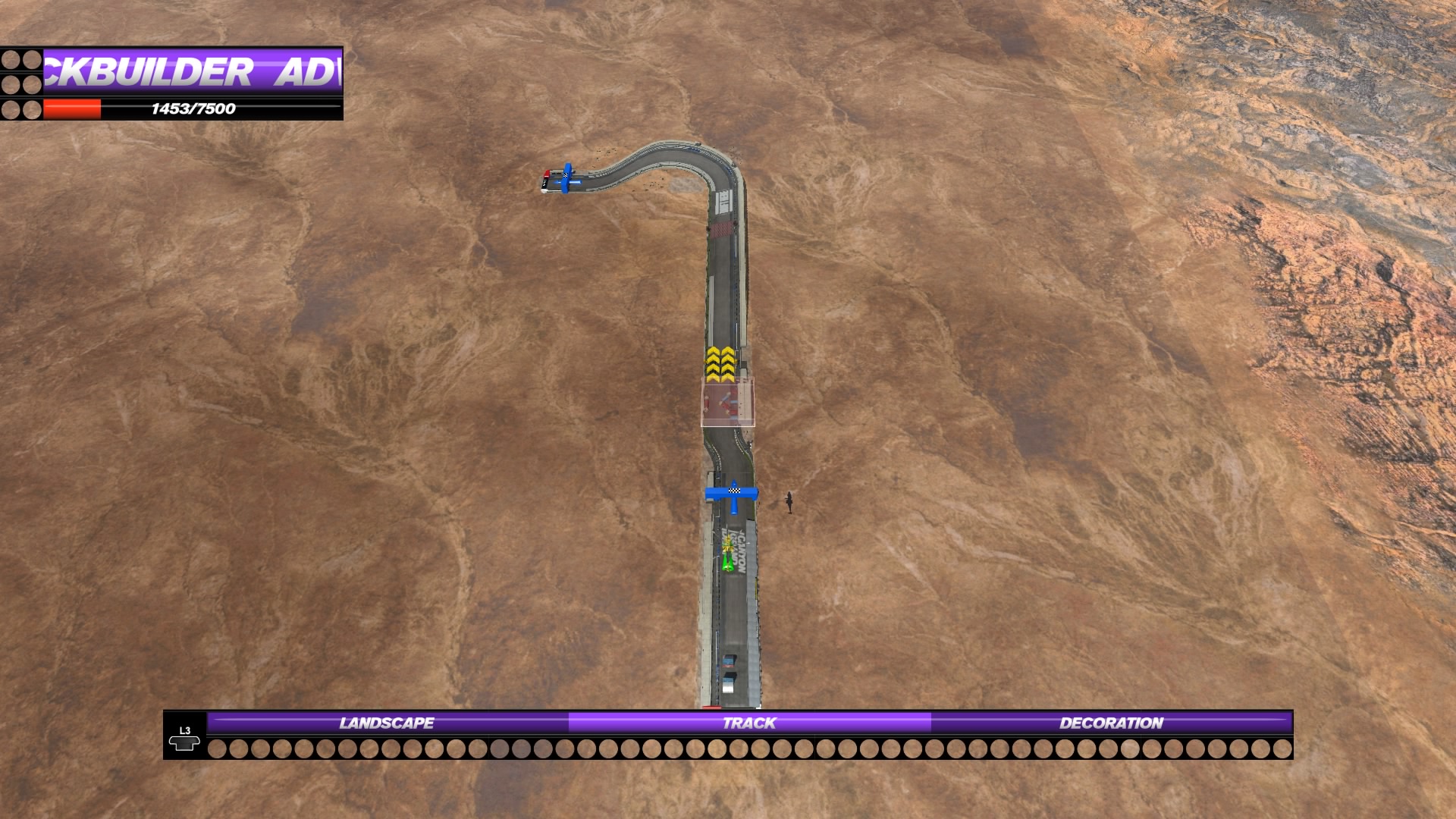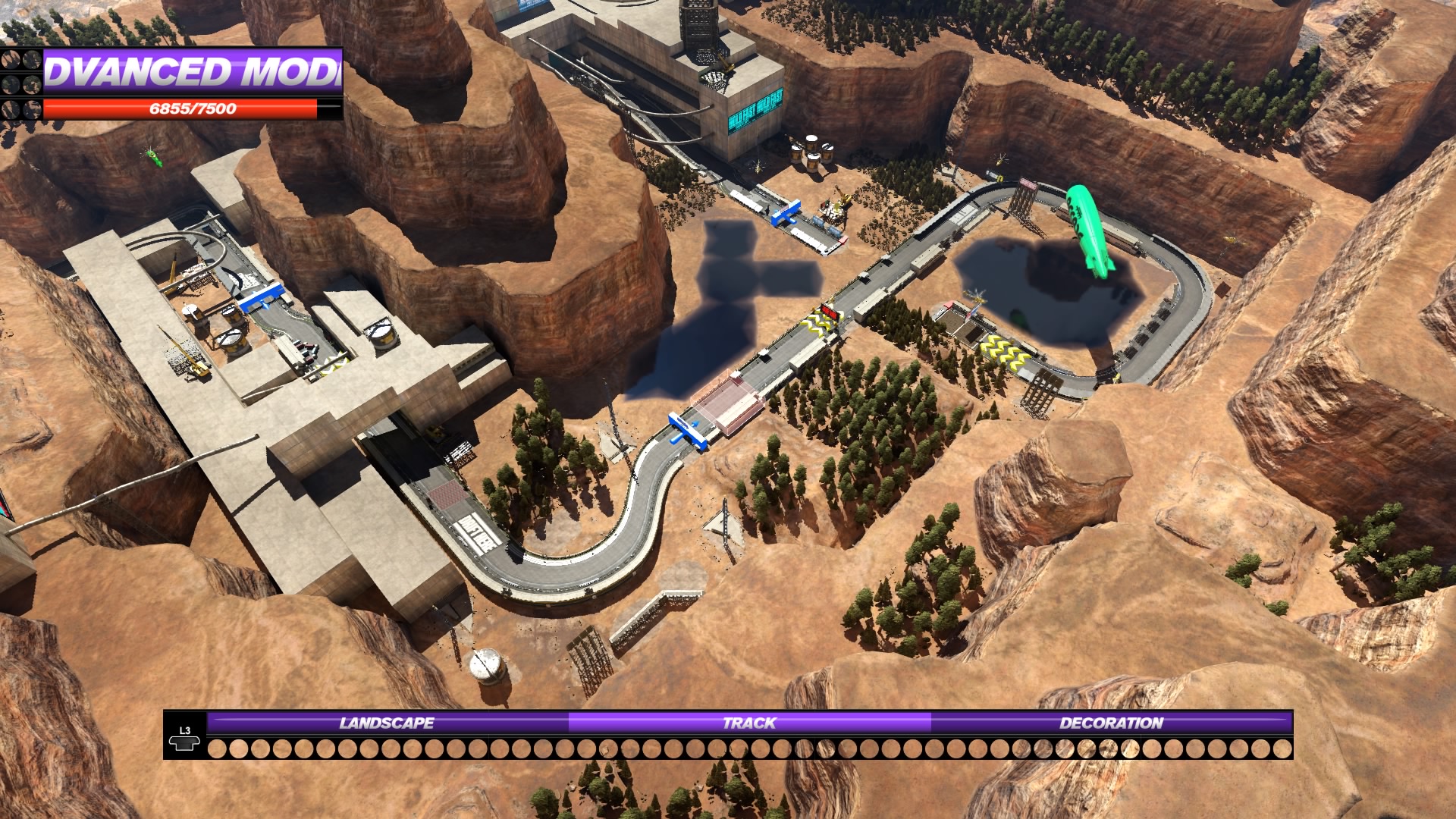Maximum Overdrift - A Study of High-Speed Drifting Through Trackmania Turbo
Article by: Hanabarger
You know the feeling. The feeling of your knuckles turning white as you grip the steering wheel and rip the smoothest drift around that tight corner, the nose of your car just barely missing the guard rail as you pull out of that turn. That's right, it's a perfect drift. Let's be honest, drifting is a whole lot of fun. And the faster you're going, the more satisfying it is when you pull it off just right. In my opinion, the best game series for these kinds of drifts is Trackmania. Particularly, the most recent installment, Trackmania Turbo, combines beautiful environments and lighting with excellent tracks creating a sublime high-speed experience. Not only that, with its in-depth and expansive track editor, you too can become a raceway engineer and create endless miles of tracks tailored exactly to your specifications. But what exactly is it that creates these kinds of experiences? Let's take a look at some of the tracks the developers made and see if we can glean some information. I'll be building a track as we go; we'll be building in the Canyon environment because its vehicle and track pieces are the most conducive for this type of challenge.
Getting Up To Speed
Alright, so if we're gonna make a drift-centric track we need to make sure the player has just enough speed to make those curves exciting. Not enough speed and they will be able to take the turn without drifting, too much speed and the drift will be too difficult. Course
#82 demonstrates a good way to give the player exactly as much speed as they will need to complete your drift challenge.

Many courses in Trackmania Turbo start with a helicopter drop-in. They give the player a ton of speed right off the bat. You can determine how much speed they get by changing the height of the helicopter. This track also gives the player a boost as they approach the turn, something I would caution most of you against.

Generally speaking, a boost into a ramp right before a curve is a bad idea. However, the ramp here has a pretty shallow incline and there is ample room beyond the ramp for the player to land and correct themselves before the turn. This presents a bit of challenge before the player reaches the main event. This course also has a regular right-hand curve before this boost, so the player needs to nail that with the speed from the helicopter in order to have the proper amount of speed as well. For my course, I'm going to implement a similar challenge.

I'll put some obstacles in the way to force them to the inside of the curve before giving them a boost and putting them into a gentle left-hand curve. This puts the player in a position where they must decide the best approach for this turn: do they try to hang to the inside as close as possible, or do they swing out so they can cut in close, reducing the amount of time they have their nose to the inner wall? However, we’ll give them ample time to make that decision and see it coming, so they aren't taken off guard. Putting small choices like this in your track increases the number of ways the player can tackle the challenges you've presented them with. I'm also going to put in an engine-off section just before the turn, both to add some challenge to the turn, but also to help control how much speed they have going into the big turn. Don't forget to place checkpoints frequently and always place them before a turbo boost, not after. If you put them after a boost, there will be a difference in the approach for a player who restarts at a checkpoint and one who doesn't. In general, you want to aim for consistency so all your players experience these challenges in a similar manner.
OK, so we have our lead-in, and now it's time for the main event. There are a few ways you can tackle your main drifting challenge, but all of them take a few factors into account: road width, curve sharpness, and drift length. The width of your road is determined by which piece of track you are using. The grand prix pieces are a good middle ground if you aren't sure how wide you want the track to be. The country road pieces are very thin by comparison and they don't offer much in the way of damage control, should the player slide too far in or out. The arena pieces are the most forgiving, providing the most surface area for the player, but they can get a little confusing if you don't have proper signage, due to the fact that they lack road markings of any kind. There is also the option of having the player go off-road, but this can get a little dicey from time to time, as the terrain in this game has a tendency to be a bit... bumpy. As you can probably tell by the way I started my track, I will be using the grand prix pieces. Feel free to transition to something else mid-way if you like! Curve sharpness is pretty self-explanatory; it's the harshness of the corner. Obviously this affects the difficulty of the turn, but it is also a limiting factor in how much speed the player can have before they reach the turn. Too much and they'll slam into a wall or be forced to brake well beforehand. It's your job as track designer to make sure the sharpness is appropriate for how much speed you've given them up to this point. Drift length is how long the player has to maintain the drift before they finish. I'm of the opinion that super huge drifts are pretty sweet, and apparently some people at Nadeo agree with me. Taking a look at Course #82 again, the main drift challenge here takes the player 540 degrees around, making for a rather huge drift at high speeds. Not only that, they change the sharpness of the loop for the last 180, meaning the player needs to adjust mid-drift. A pretty interesting challenge, I'd say. Keep in mind that the player will usually be losing speed while they drift, so you probably can't do a three loops of drift without having them either go downhill or having a boost in the middle. Remember, while I may be doing just one big drift for the purposes of this exercise, you can do a series of little turns as well. Take a look at Course #90 for a good example on how to make a challenge consisting of several, small, white-knuckle drifts.

For my track, I'm actually going to be taking a page from Course #130. Toward the end of this multi-lap track, you have to go around a huge turn that eventually intersects back with the road you were on just before starting the drift. In my track, I'll create a similar turn that loops back on itself. For some added variety, I'll have them jump the piece of track they were on before by using a tiny ramp. It should be just enough to kick the player up over the road so that they barely miss it. Remember, a lot of players enjoy the adrenaline rush it gives them to make tight maneuvers like this.

Don't forget: playtest, playtest, playtest. Playtest every aspect of your track and make sure they all work as intended. This turn went through four iterations before it got to the state it is now. Chances are, what is in your head won't work the first time. You'll have to keep tweaking things until it's perfect. Lastly, we'll add another high speed straightaway and jump before ending things. The overall length of your track is really up to your own tastes. Some people enjoy really long courses, and others like them short and succinct. Usually I like really long tests of endurance, but I think we'll just keep it simple this time.
Give Them A Sign!
Proper signage is good etiquette. Sure, your players are probably going to do several runs of your track trying to beat your time, but for the first time around they may be looking out for road signs. Particularly for short tracks, it is not hard to put up a few signs
telling them where the big challenge is located. On top of that, it makes your track look more professional and visually interesting.

Make sure to build your environment as well. Assuming you are using the advanced editor, you'll be able to craft the landscape just how you like it. It'll help leave an impact on your player if they can easily remember what your track looks like.

All that's left to do is validate it, set a good Trackmaster time, and send it up to the internet! It may be a good idea to get feedback from your friends before you set that impossibly good Trackmaster time, as editing the course afterwards means you have to set a new time.

There it is; we are all done here! If you would like to play this track yourself, follow this link, log in, and add the track to your favorites. My time shouldn't be too hard to beat. If you're up for another challenge, examine the track and see where I did and didn't adhere to the guidelines I outlined above. Then head into the track builder and make your own course! Trackmania Turbo isn't just good for maximum drifting, but for any kind of challenge you're itching to create. Happy racing!
